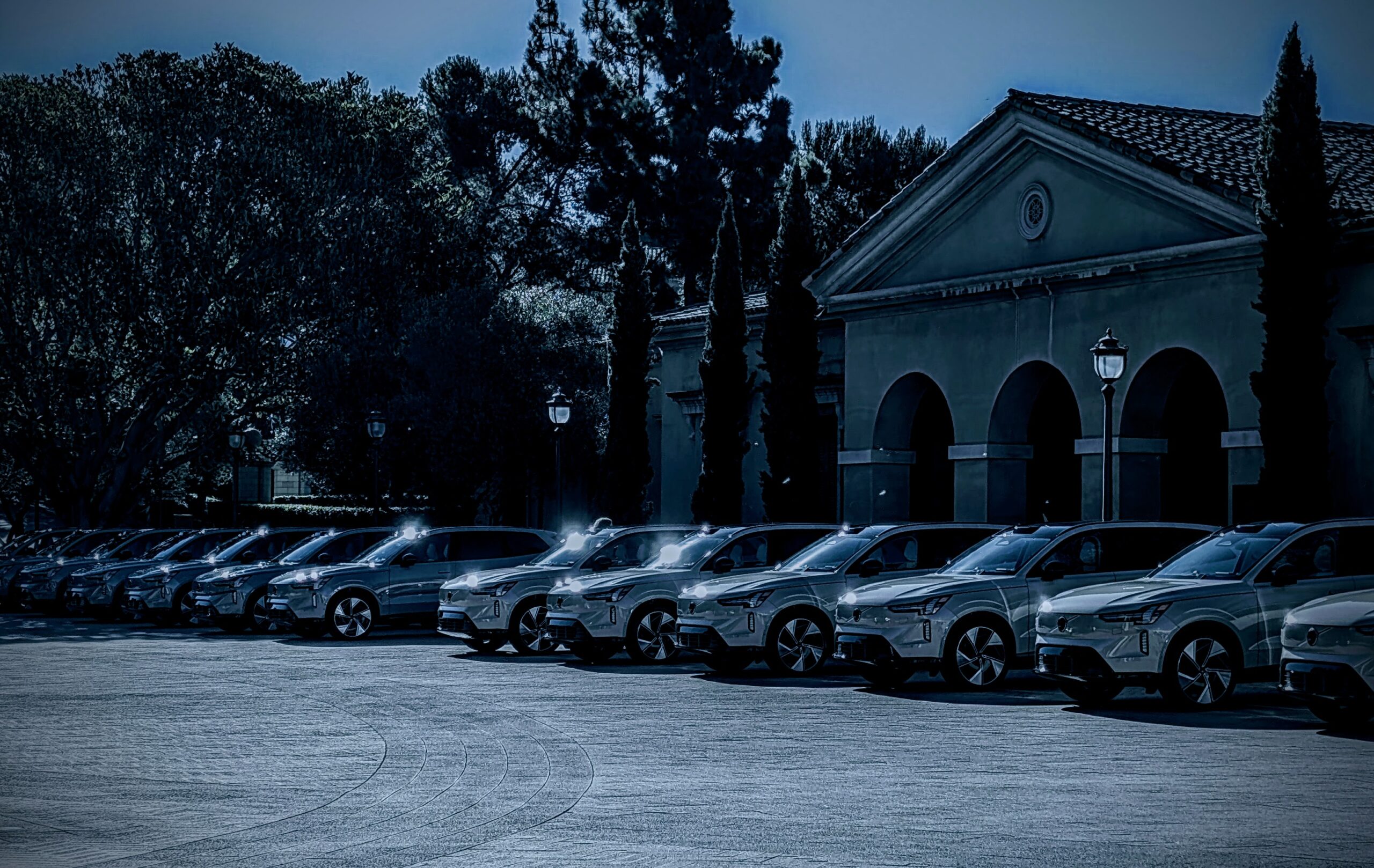
Trevor St Baker knows how to make money. So, when he makes big decisions around green innovations, it is worth taking note. Mr St Baker recently sold his coal-fired power generator in New South Wales, Australia, to Czech billionaire Pavel Tykac’s Sev.en Energy Group for $200 million. He is now a former coal baron and a serial energy entrepreneur. The power station was sold to St Baker by the NSW government in 2015 for AU$1 million. That’s quite a profit. I am not against people making a profit. The point here is actually that a billionaire is moving his money from fossil fuel centric investments to much greener pastures.
We need to follow the money — the greenbacks are getting greener: “Our approach is about reducing emissions, not to save the world but to save money,” says St Baker, happily admitting he is no environmental warrior. “At the moment, I’m as green as anybody, but more importantly, we’re affordably green.” And even more important, his green businesses can make him money.
Businesses that were fledgling startups a few years ago are now established businesses that are turning into energy powerhouses. The St Baker Innovation Fund has backed a few good horses in the electric vehicle ecosystem, like Tritium (now worth US$255 million on the NASDAQ), Evie Networks’ ultra-fast charging stations that are used throughout Australia (equipped with Tritium chargers of course), and exclusive distribution rights in Australia for one of China’s largest EV makers — BYD. Trevor St Baker is certainly building his dreams.
The BYD Atto 3 (called the Han in some markets) is now the second highest selling EV in Australia (behind the Tesla Model Y and ahead of the Tesla Model 3). The second BYD model (the Dolphin) was recently launched — where else but at Sea World on Queensland’s Gold Coast. You can watch the live launch here. The next launch will be the “Seal” currently being tested on Australian roads.
The Innovation Fund is also “providing start-up cash to seed remote power solutions for Torres Strait Islanders, has backed electric air ambulance innovators AMSL Aero, and is working on behind-the-meter battery systems for high-profile Australian sports stadiums.” Sport is one of Australia’s obsessions, so turning sporting stadiums green would highlight the movement away from fossil fuels.
Missing from the current suite of investments are power generation and storage. Mr St Baker has declared that he is not a big fan of renewables, but he is getting involved in battery manufacturing. His Innovation Fund’s latest venture is building a lithium-ion phosphate battery manufacturing plant in the Philippines capable of churning out enough batteries on an annual basis to store more than a gigawatt-hour of electricity, enough to power about 725,000 homes. Are we allowed to call it a gigafactory?
Production will ramp up next year, starting with 150 megawatt-hours before hitting full capacity across two production lines by 2030, St Baker said. “We expect to be cash breakeven in a very short period of time, and we’re not sure that we will need all of the projected $10 million equity investment. We’re just replicating battery-making facilities that are already meeting market demand.” The factory will export to the Asia Pacific and target Australia, the US, and India.
There will be many readers who would encourage Mr St Baker to invest in Australia, and bring his battery factory home.
“Our battery products will reduce greenhouse gas emissions, improve fuel independence, improve electricity reliability, decrease the grid reliance for EV charging at peak system demand times, and provide major electricity cost savings for households and businesses, and transport users generally,” he said.
St Baker already has a subsidiary business on the outskirts of Manila in Antipolo where it manufactures and assembles e-tricycles, used for three-wheel taxis in the bustling cities.
“Electric transport uses half the primary energy at a sixth of the cost of fuelling a normal vehicle for driving,” St Baker maintains. Evie Networks is planning to expand from its Brisbane base to the USA. Chris Mills, CEO of Evie, said that the company will set up a North American headquarters in Phoenix, following in the footsteps of Tritium.
“We hope that having taken Tritium to be a global brand, we will take Evie Networks global as well,” St Baker said.
Evie already has 140 charging stations around Australia and is constructing 150 more over the next 12 months. There will be no shortage of chargers as Australians buy more and more electric cars.
“The company has big plans to replicate its Australian network in the US by targeting sites where people work, live and play, with the share of electric vehicles expected to dramatically expand over the next few years. Evie has an open-access charging format that allows all electric vehicle owners access to the network, including Teslas which run on a propriety system.”
“Evie Networks will establish electric vehicle charging stations across Arizona and expects to have its first US sites up and running within 18 months,” Mills said.
Evie charging stations, using Tritium chargers and backed up by batteries from the new Filipino factory, will be most of the ecosystem that electric cars need. “Saint Baker Giga-Factory is positioned to capture the once in a century transition towards a renewable energy electricity system, in which lithium-ion batteries are expected to play a pivotal role,’’ Trevor St Baker said in a statement.
St Baker believes that batteries will “weather-proof global solar generation” and support the uptake of renewables in homes and businesses. Commercial production at the new factory is expected to begin in the first quarter of 2024 with an initial production output of 150 MWh each year, before ramping up to full first-stage production capacity of 1.2 GWh by 2030.
The St Baker Giga-Factory will employ around 150 Filipino engineering, technical, finance, and administrative positions.
Ironically, the batteries will support the rollout of wind and solar that is making redundant coal-fired power, the business that made St Baker his wealth. However, they will support the creation of his next fortune, which will be made in the EV ecosystem by arming the environmental foot soldiers who use his products.
I don’t like paywalls. You don’t like paywalls. Who likes paywalls? Here at CleanTechnica, we implemented a limited paywall for a while, but it always felt wrong — and it was always tough to decide what we should put behind there. In theory, your most exclusive and best content goes behind a paywall. But then fewer people read it! We just don’t like paywalls, and so we’ve decided to ditch ours. Unfortunately, the media business is still a tough, cut-throat business with tiny margins. It’s a never-ending Olympic challenge to stay above water or even perhaps — gasp — grow. So …
Sign up for daily news updates from CleanTechnica on email. Or follow us on Google News!
Have a tip for CleanTechnica, want to advertise, or want to suggest a guest for our CleanTech Talk podcast? Contact us here.
Former Tesla Battery Expert Leading Lyten Into New Lithium-Sulfur Battery Era:
CleanTechnica uses affiliate links. See our policy here.


